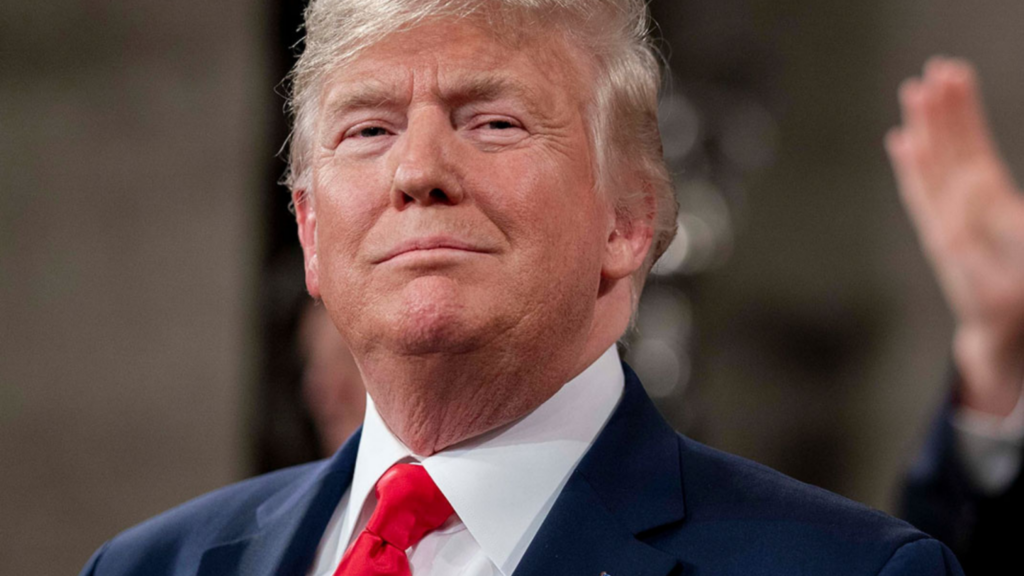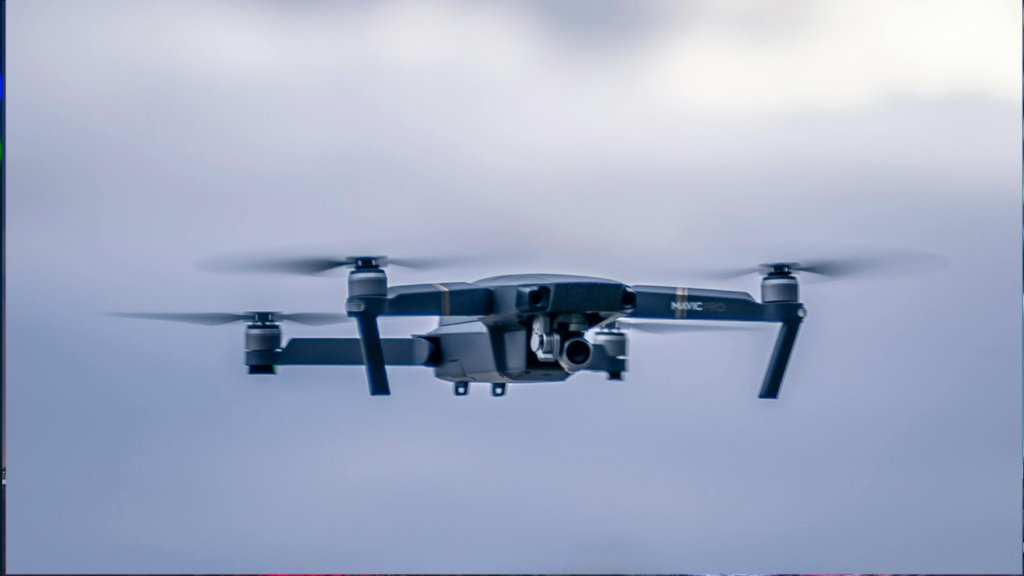The New Arms Race: Emerging Powers in a Multipolar World
There is a new type of global arms race developing with destabilizing potential for the world.
The global arms trade is no longer dominated by superpowers. In a rapidly evolving international system marked by multipolarity and strategic fragmentation, a growing number of emerging powers are reshaping the defense landscape. Countries such as Türkiye, India and South Korea have increasingly shifted from being passive arms importers to active developers and exporters of advanced military technologies. These states are not merely investing in indigenous production for defense purposes. They are also weaponizing their industrial capabilities to enhance strategic autonomy, regional influence and diplomatic leverage. But this is not a conventional arms race between major powers but rather competition among emerging nations competing for influence in a world characterized by shifting alliances. This trend constitutes a new type of arms race, driven by ambition for strategic autonomy, and carrying destabilizing potential.
From Dependency to Autonomy
For decades, emerging powers depended on major weapons suppliers to maintain their national defense. Today, that dynamic is changing. Shifting geopolitical conditions, technological advancements and concerns about abandonment by traditional allies have compelled these countries to incorporate self-sufficiency into their defense strategies. Reducing dependency on the US, Russia or European powers is now not only a practical matter but also symbolic of sovereignty and prestige (Lanoszka, 2019).
Türkiye’s push for domestic drone and missile production, India’s ‘Make in India’ initiative and South Korea’s booming defense all reflect a common objective: becoming security providers. These efforts are about more than survival. They are about visibility. In today’s multipolar world, the ability to manufacture and export sophisticated weaponry has become a crucial indicator of power.
Türkiye’s Balancing Act
Türkiye exemplifies how arms production can evolve into a tool of foreign policy. Over the past decade, Ankara has emerged as a prominent drone exporter particularly with its Bayraktar TB2 platform deployed in conflicts from the Caucasus to North Africa (Kaya, 2023). Unlike Western suppliers, Türkiye often imposes fewer political conditions on its arms deals which makes its defense exports attractive to governments with limited diplomatic options.
However, the use of Turkish drones in conflict zones, like Ethiopia’s Tigray region and Libya, has raised concerns over civilian casualties and violations of international embargoes (United Nations, 2022). Human Rights Watch has documented airstrikes involving drones in these regions though direct attribution to Turkish-supplied systems remains contested (HRW, 2023). Türkiye, meanwhile, maintains that its arms exports comply with international law and serve defensive purposes. As a NATO member, it continues to operate with a transactional foreign policy that allows greater manoeuvrability in a multipolar system.
India’s Security Calculations
India, traditionally one of the world’s largest arms importers, has been steadily pursuing defense self-reliance through its ‘Make in India’ and ‘Atmanirbhar Bharat’ policies. This shift is primarily motivated by enduring tensions with China, particularly after the 2020 Galwan clash, and a strategic desire to reduce dependence on Russian and Western suppliers.
India’s defense exports have started to gain traction: BrahMos missiles are set to be delivered to the Philippines in a $375 million deal signed in 2022 and New Delhi continues discussions with Vietnam on maritime systems (Pandit, 2023). While these moves do not yet constitute large-scale exports, they reflect India’s intent to become a regional security provider, and while this pivot is not simply economic, it signals a subtle evolution from non-alignment to soft balancing in the Indo-Pacific (Basrur and Kesavan, 2021).
South Korea’s Export Diplomacy
South Korea has emerged as a dynamic and reliable player in the global arms trade. In 2022, it signed a $15 billion deal with Poland to deliver K2 tanks, FA-50 fighter jets and K9 artillery systems, making it one of the largest European defense procurements in recent memory (Kim, 2023). This marked a turning point for Seoul’s defense industry which was previously overshadowed by its North Korean threat focus.
South Korea’s strength lies in its capacity to deliver quality systems rapidly and with interoperability standards aligned with NATO. Unlike traditional suppliers, it has faced fewer political export restrictions, making it appealing to countries navigating security dilemmas between great powers. Egypt’s 2023 deal to acquire Korean K9 systems further reinforces this trend.
A New Type of Arms Race
What connects these emerging powers is not just capacity but purpose. Their investments in defense autonomy are driven by the desire to reshape their geopolitical environments, and to signal that, they are no longer beholden to traditional power brokers. However, this shift comes with risks.
First, the parallel development of military-industrial bases may inflame regional rivalries. Second, the sale of weapons without strict export conditions may empower regimes with poor human rights records. Third, as more countries bypass traditional arms control frameworks, the likelihood of escalation increases, especially in contested zones like the South China Sea, the Eastern Mediterranean and the Horn of Africa (Wezeman et al., 2023).
The rise of emerging powers as arms exporters is changing the logic of global security. These countries are no longer content to play supporting roles in US- or Russia-led defense ecosystems. Instead, they are asserting their own priorities, building new alliances and using military technology to enhance their diplomatic reach.
This trend reflects a broader transformation: multipolarity is no longer just about economic or political influence. It’s also about who gets to supply the weapons. What’s needed now is not just recognition of this trend but thoughtful engagement with it. If international institutions and arms control regimes are to remain relevant, they must adapt to a world where strategic autonomy is no longer the exception, but the new standard.
Bibliography
Basrur, R.M. and Kesavan, K.V. (2021) India’s Defence Industry: Achievements and Challenges. Observer Research Foundation. Available at:https://www.orfonline.org/research/india-s-defence-industry-achievements-and-challenges (Accessed: 9 June 2025).
Human Rights Watch (2023) Ethiopia: Drone Strikes on Civilians Grave Concern. Available at: https://www.hrw.org/news/2022/03/24/ethiopia-airstrike-camp-displaced-likely-war-crime (Accessed: 8 June 2025).
Kaya, K. (2023) Turkey as a Drone Superpower, APAN Community Report. Available at: https://community.apan.org/cfs-file/__key/telligent-evolution-components-attachments/13-14863-00-00-00-43-43-61/2023_2D00_03_2D00_28-Turkey-as-a-Drone-Superpower-_2800_Karen-Kaya_2900_.pdf (Accessed: 17 June 2025).
Kim, M. (2023) South Korea Close to Signing $6 Billion Tank Deal with Poland, Reuters, 9 June. Available at: https://www.reuters.com/business/aerospace-defense/south-korea-close-6-billion-tank-deal-with-poland-june-yonhap-reports-2025-06-09/ (Accessed: 9 June 2025).
Lanoszka, A. and Hunzeker, M. (2019) Conventional Deterrence and Landpower in Northeastern Europe. Strategic Studies Institute, U.S. Army War College. Available at: https://media.defense.gov/2023/May/05/2003216687/-1/-1/0/3686.PDF (Accessed: 12 June 2025).
Pandit, R. (2025) India Expects $200 Million Missile Deal with Philippines This Year, Reuters, 13 February. Available at: https://www.reuters.com/world/india/india-expects-200-million-missile-deal-with-philippines-this-year-sources-say-2025-02-13/ (Accessed: 7 June 2025).
United Nations (2022) Final Report of the Panel of Experts on Libya (S/2022/427). Security Council. Available at: https://digitallibrary.un.org/record/3976750/files/S_2022_427-EN.pdf (Accessed: 13 June 2025).
Wezeman, P.D., Kuimova, A. and Wezeman, S.T. (2023) Trends in International Arms Transfers 2022. Stockholm International Peace Research Institute. Available at: https://www.sipri.org/sites/default/files/2023-03/2303_at_fact_sheet_2022_v2.pdf (Accessed: 10 June 2025).



